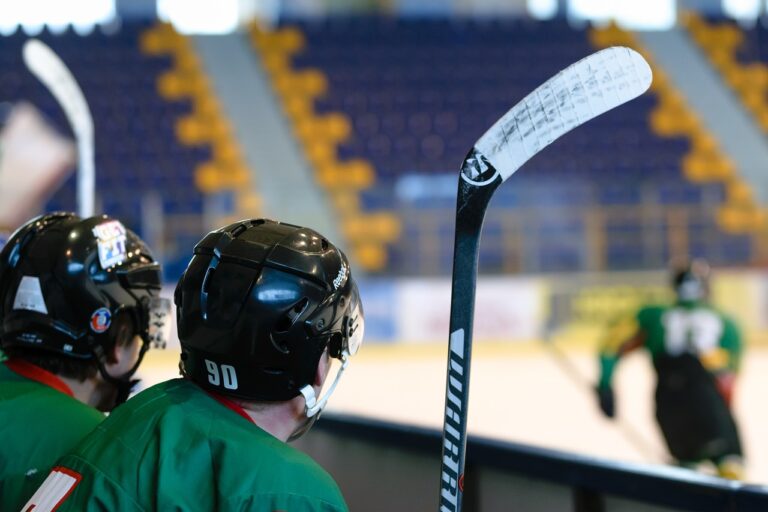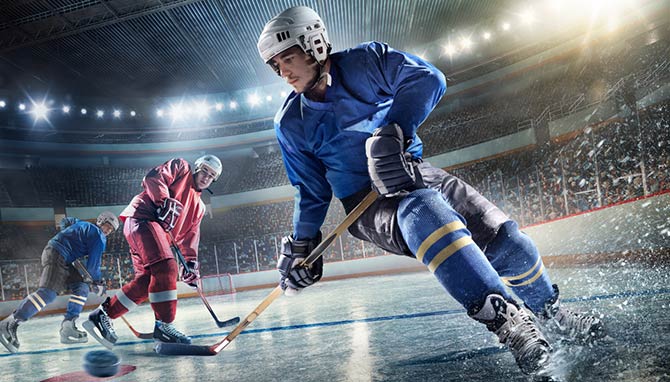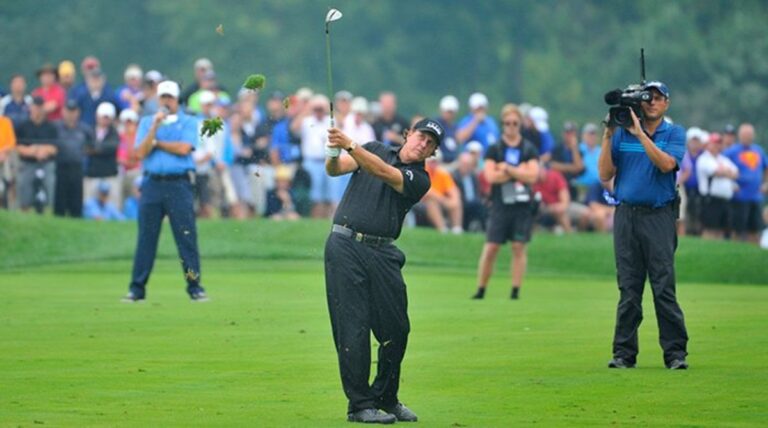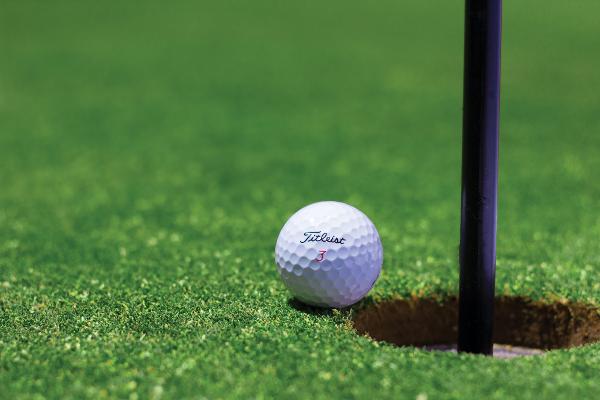
Hockey is a fast-paced, exhilarating sport enjoyed by millions across the globe. But when someone mentions hockey, it could mean two different things—ice hockey or field hockey. While they share a common name and competitive spirit, these two sports are quite distinct in terms of rules, equipment, playing surfaces, and gameplay.
Let’s break down the key differences between ice hockey and field hockey, so you can better understand and appreciate each game.
Playing Surface
Ice Hockey
- Played on a frozen ice rink.
- Rinks are typically 60 meters by 30 meters (NHL standard), enclosed by boards and glass to keep the puck in play.
- Skating skills are essential, as all players wear ice skates.
Field Hockey
- Played on a grassy or artificial turf field.
- The field is larger—91.4 meters by 55 meters.
- Players run on the surface using cleats or turf shoes.
Equipment
Sticks
- Ice hockey sticks are longer and have a flat blade, optimized for puck handling and shooting.
- Field hockey sticks are shorter with a curved head, designed to control a ball on the ground.
Ball vs. Puck
- Ice hockey uses a black rubber puck that slides quickly across the ice.
- Field hockey uses a hard plastic ball, usually white, which rolls on the field.
Protective Gear
- Ice hockey players wear extensive protection: helmets, pads (shoulder, elbow, shin), gloves, and sometimes face shields or cages.
- Field hockey players wear shin guards, mouthguards, and sometimes goggles or gloves—but overall, less padding than ice hockey.
Number of Players
- Ice hockey: 6 players per team on the ice at a time (5 skaters + 1 goalie).
- Field hockey: 11 players per team on the field (10 outfield players + 1 goalkeeper).
Game Duration
Ice Hockey
- Played in three periods of 20 minutes each.
- Includes frequent substitutions (called “line changes”) during play.
Field Hockey
- Played in four quarters of 15 minutes each.
- Substitutions are allowed but less rapid than in ice hockey.
Gameplay & Rules
Ice Hockey
- Physical contact is more intense, including legal body checking.
- Offside and icing rules regulate puck movement and positioning.
- Games are high-speed and often low-scoring, but action-packed.
Field Hockey
- Emphasizes stick control and passing rather than physical contact.
- No body checking allowed; fouls are awarded for stick infringements and dangerous play.
- More strategic passing and positional play across a larger field.
Scoring
- Ice hockey: Goals are scored when the puck crosses the goal line into the net.
- Field hockey: Goals must be scored from within the shooting circle around the goal.
Popularity by Region
- Ice hockey: Hugely popular in countries like Canada, USA, Russia, Sweden, and Finland.
- Field hockey: Dominant in nations such as India, Pakistan, Netherlands, Australia, and Germany.
Conclusion
While both versions of hockey share a competitive nature and stick-based gameplay, the differences between ice hockey and field hockey are significant. From the surface they’re played on to the equipment, rules, and global popularity, each offers a unique experience for players and fans alike.
Whether you’re gliding across the rink or sprinting down a turf field, hockey in any form is a thrilling sport to watch and play.






